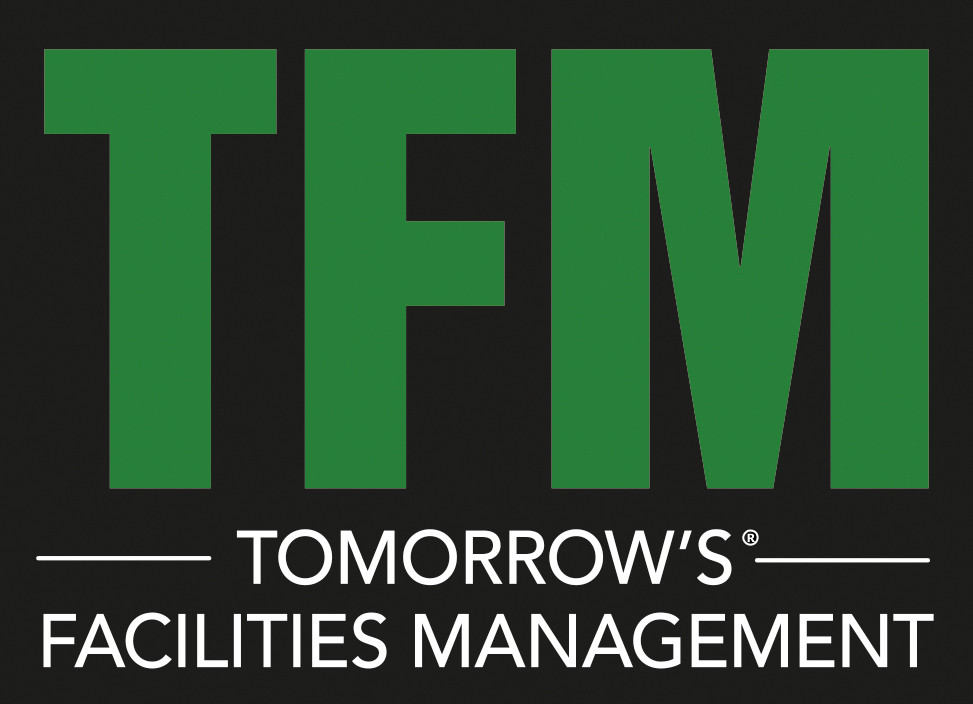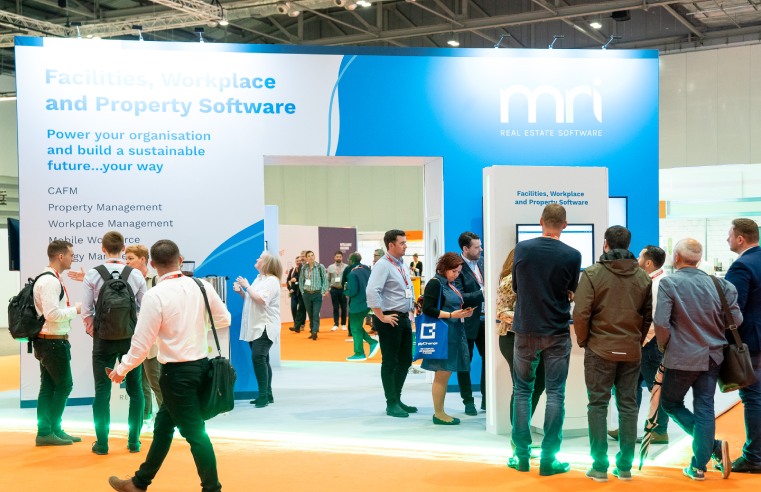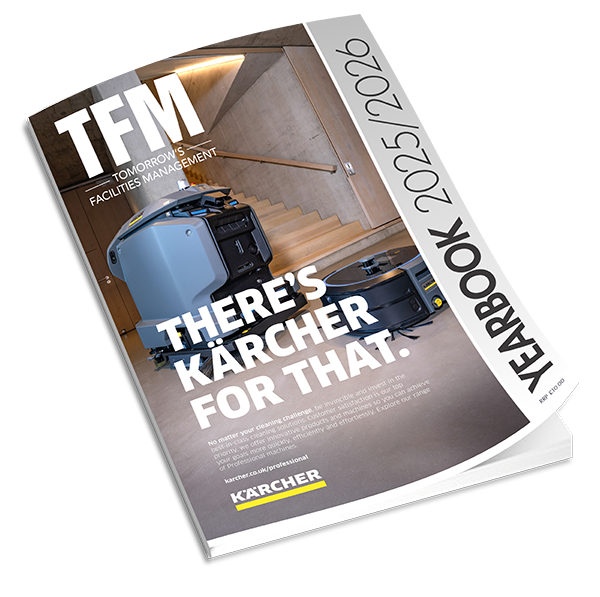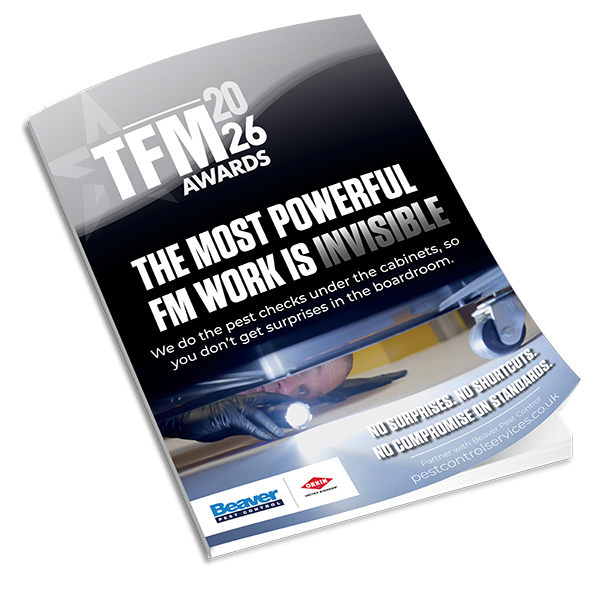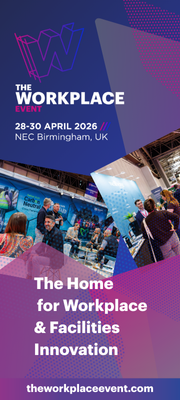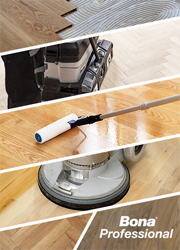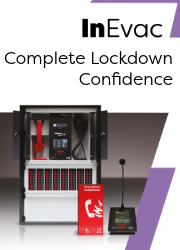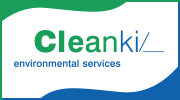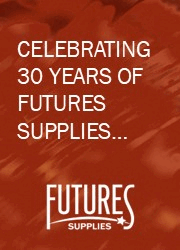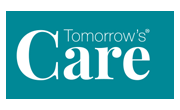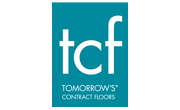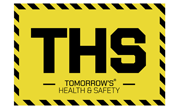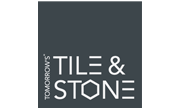A new report from Leesman, the world’s largest employee workplace experience benchmark, suggests that workspaces are largely not up to scratch for the post-pandemic workforce.
The findings call into question the extent to which COVID-19 has reshaped and evolved real estate and reveals how a series of simple tests can determine just how primed an organisation is for its post-pandemic workplace future.
Through a checklist devised from the data of more than 800,000 office-based employee responses, assessed over the last 11 years and more than 160,000 home working experiences assessed since the onset of the pandemic, Leesman believes individual businesses can test their future-readiness.
The answers to each of the checks will allow leaders to focus their attention on where it is needed most, where the greatest opportunities exist and where weaknesses in legacy systems threaten to destabilise any sense of a new normality being better than before.
The research, led by Leesman’s Chief Insights and Research Officer, Dr Peggie Rothe, is sectioned into three groups: people, place and time.
People
Businesses need to ask themselves if they’ve already defined the role workplace plays in supporting their wider organisational and individual employee purpose. This goes beyond seeing workplace as accommodation, to being able to communicate the specific outcomes workplaces are there to support at a granular level. Their debate around future operating models stems from these definitions, putting people before place.
Place
The findings uncover an alarming fact: the average space designed for living supports the average employee better than the average space designed for working. Future-ready organisations understand it’s not merely what a space looks like, but how it works, that truly matters and makes a difference to organisational performance. Any post-pandemic workplace has to work better than employees own homes, or employees simply won’t return.
Time
Employees have spent last 12 months ‘making do’, adapting and repurposing their homes into effective work environments. Some are keen to return, some not. Leadership is turning to real estate and workplace to stay ahead of the game - future-ready organisations have acknowledged the lessons learned and are repurposing their existing workplaces for a new fluid, video-first workstyle.
Tim Oldman, CEO and Founder of Leesman, said: “The future will not wait for businesses to catch up or sit around while decision making paralysis reaches new heights. It’s time for real estate and workplace teams to ask themselves what they’ve done the last 12 months, while employees have been adapting to their home environments and bedding themselves into new workstyles and behaviours. If the answer is nothing, then frankly employees will continue to want to work from home. If they’re actively creating a better space for them to come back to, then they will.”
To download the “Workplace 2021: Appraising Future Readiness” report, visit: www.leesmanindex.com/workplace-2021-appraising-future-readiness-launch/



